History of Han Chinese Clothing: A Quick Ride Through Time
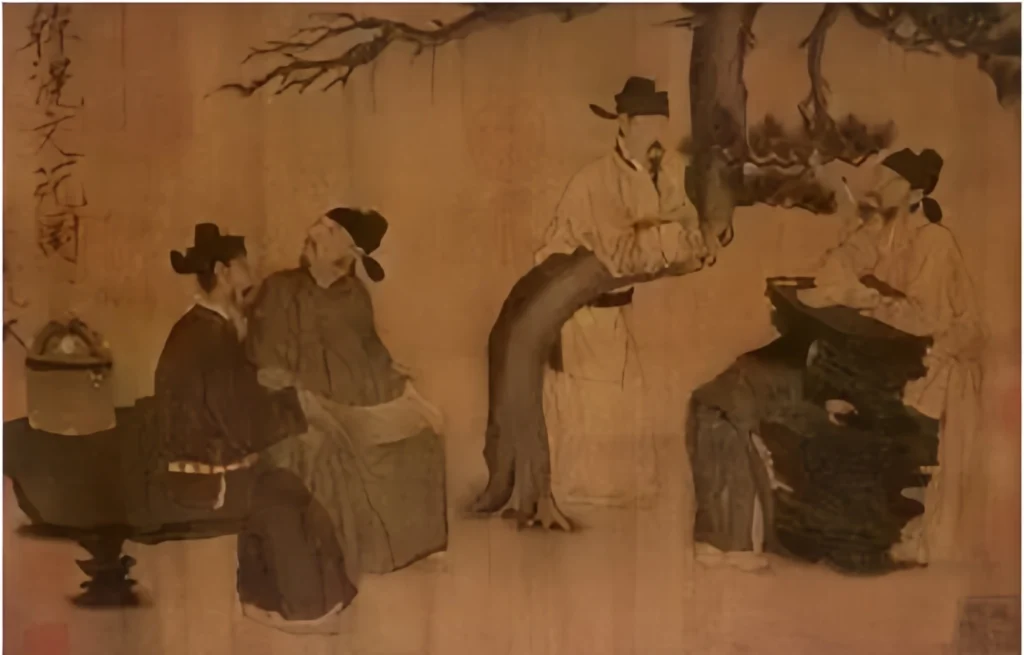
People say clothes are a mirror of history – and they’re totally right. Every era’s outfits tell the real story of how people lived back then. Behind every garment name is a meaning, but the bigger power comes from the history of Han Chinese clothing it carries. Let’s jump in and see how traditional Chinese clothing evolved step by step.
The Very Beginning
“The Yellow Emperor, Yao, and Shun hung down their robes and the world was at peace – inspired by Qian and Kun.”
This line from the Book of Changes shows the ancient idea of heaven and earth uniting: sky (Qian) = dark, earth (Kun) = yellow. When people wore clothes symbolizing heaven and earth, everything clicked – good weather, happy lives.
The Records of the Grand Historian says Huang Di invented clothes: “Before him, no one had proper clothes or houses. He made garments, built homes, and saved people from freezing.”
Five thousand years ago, our ancestors were already farming and weaving hemp into cloth. Later they raised silkworms and spun silk, ditching leaves and vines for real outfits. Boom – welcome to the proper clothing era that kicked off the history of Han Chinese clothing.
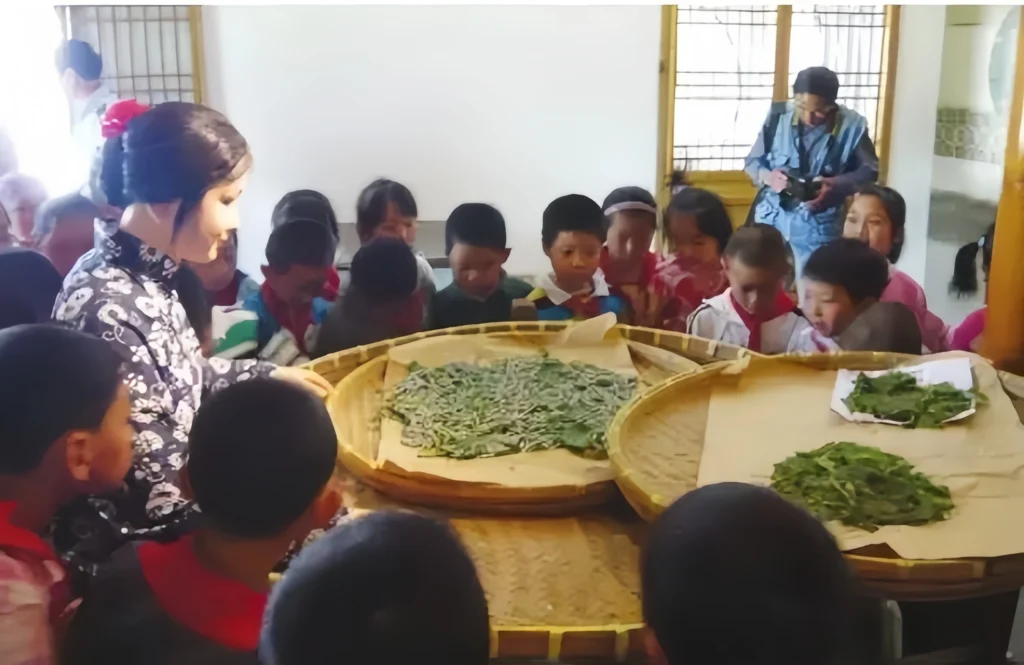
Zhou Dynasty Rules
After Xia and Shang, clothing rules started taking shape. By late Zhou, politics, economy, and ideas were changing fast. Clothing became part of “ritual governance” – basically, what you wore showed respect.
The Book of Rites even had a job title: “Minister of Attire” who decided what the king wore for good-luck or bad-luck events – colors, patterns, fabrics, everything matched the occasion and season.
Two big styles ruled: deep robe (shenyi) and top + skirt. These influenced traditional Chinese clothing for thousands of years, even if the cuts changed – a massive step in Hanfu evolution.

Qin & Han: Copy, Upgrade, Repeat
Qin was wild – Emperor Qin smashed old Zhou rules and mixed styles from all conquered states. “Six kings down, one empire up.” He unified everything, including clothes. Those Terracotta Warriors? Total flex of Qin’s massive robes and armor.
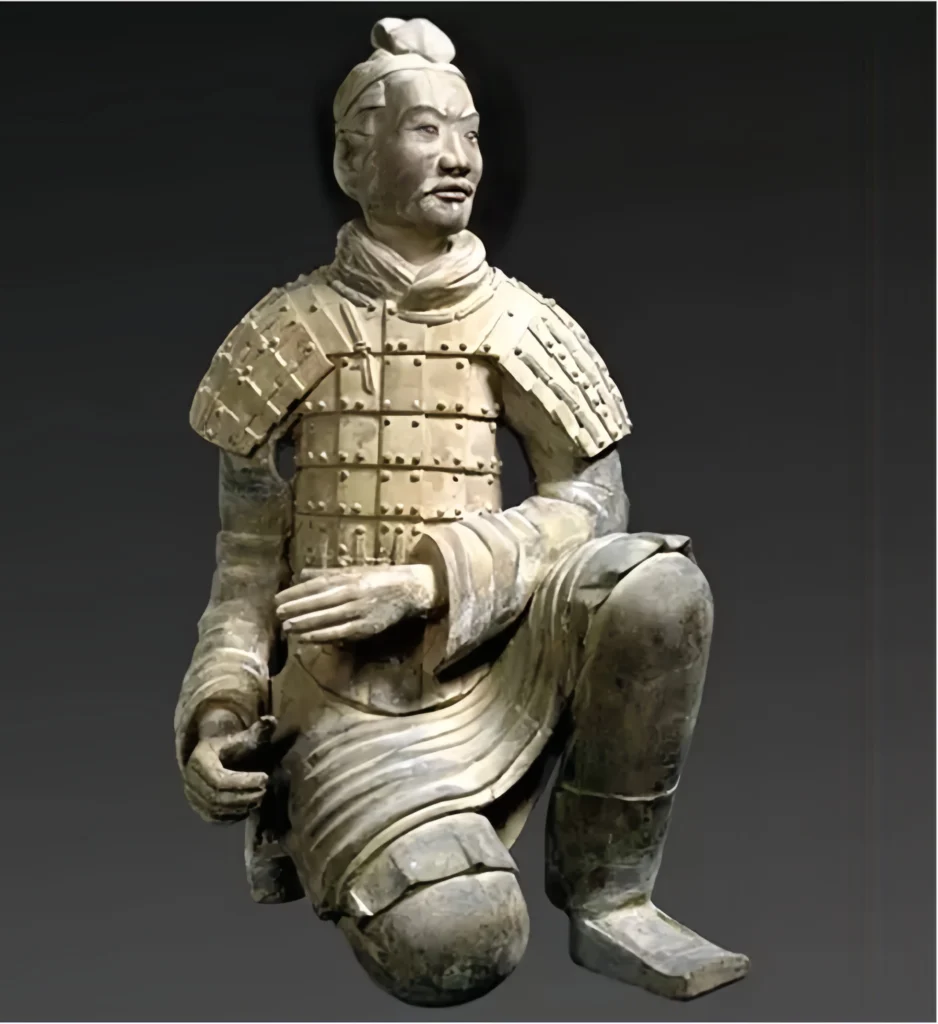
Han was richer and more stable. Gorgeous outfits showed off Confucian ideas and strict clothing laws. Han basically kept Qin’s system but made robes official court wear.
The Mawang Pile tombs in Changsha? Goldmine. Wrapped deep robes, swirling lucky clouds, insane silk quality – pure Hanfu evolution at its peak.
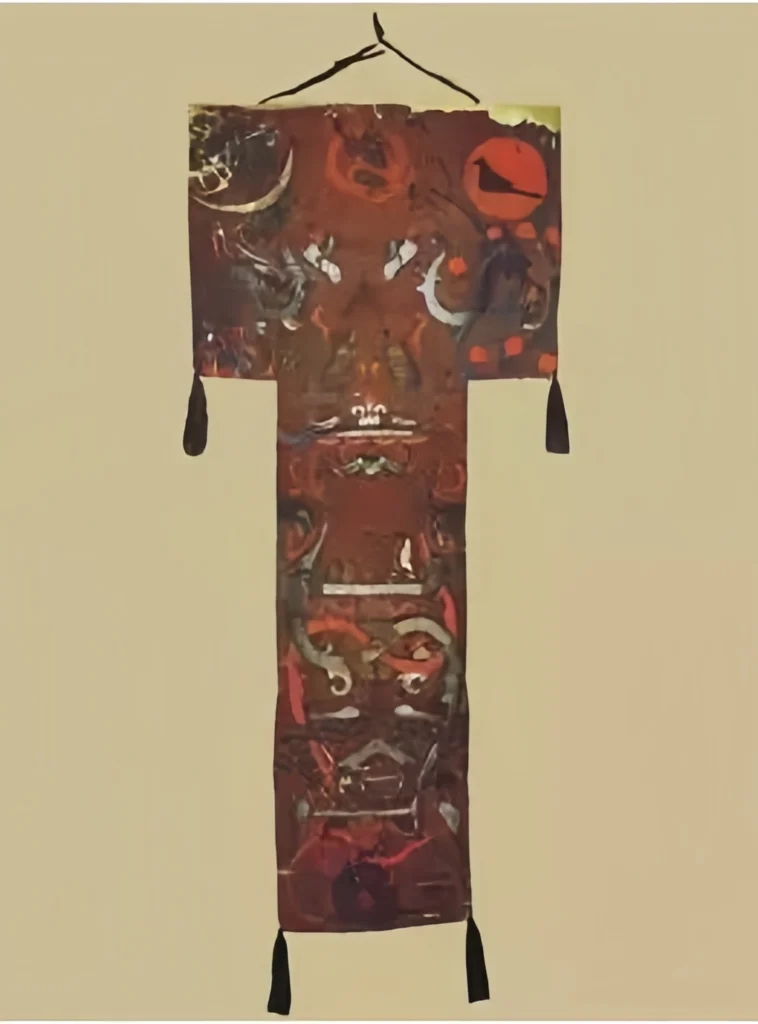
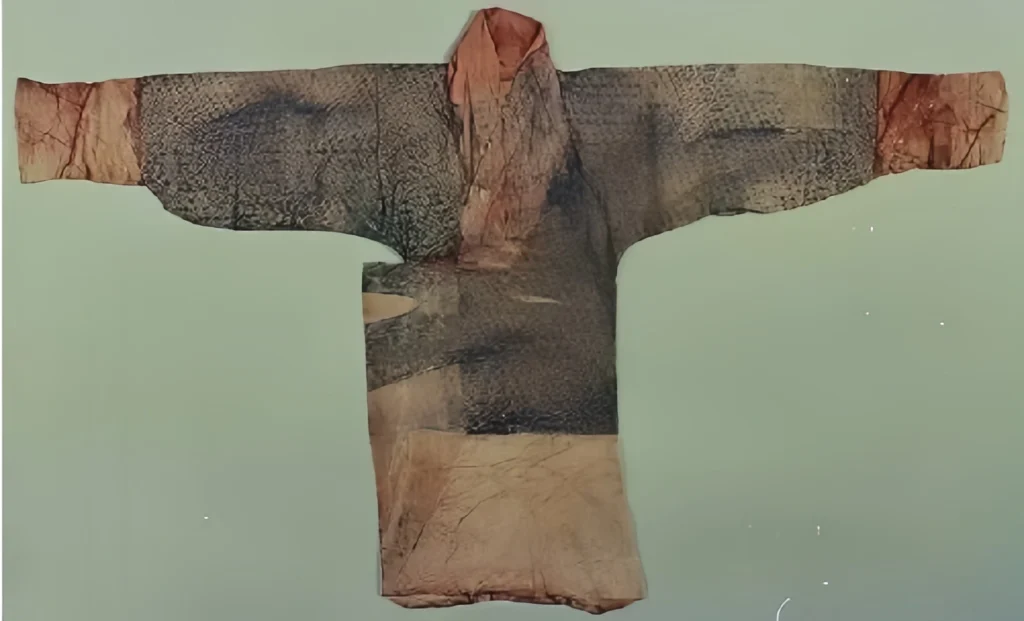
Wei-Jin: Mix It Up
Wei-Jin was chaos – northern and southern tribes mixing like crazy. Han and “barbarian” styles crashed together. Buddhism rolled in from the west, Daoism got deep, and people stopped caring about fancy looks. They wanted inner vibe – talent, charm, personality.
Scholars went full “I don’t care” mode: loose robes, big sleeves, retro vibes. The famous Seven Sages of the Bamboo Grove? Messy buns, half-naked, zero respect for rules – pure rockstar energy.
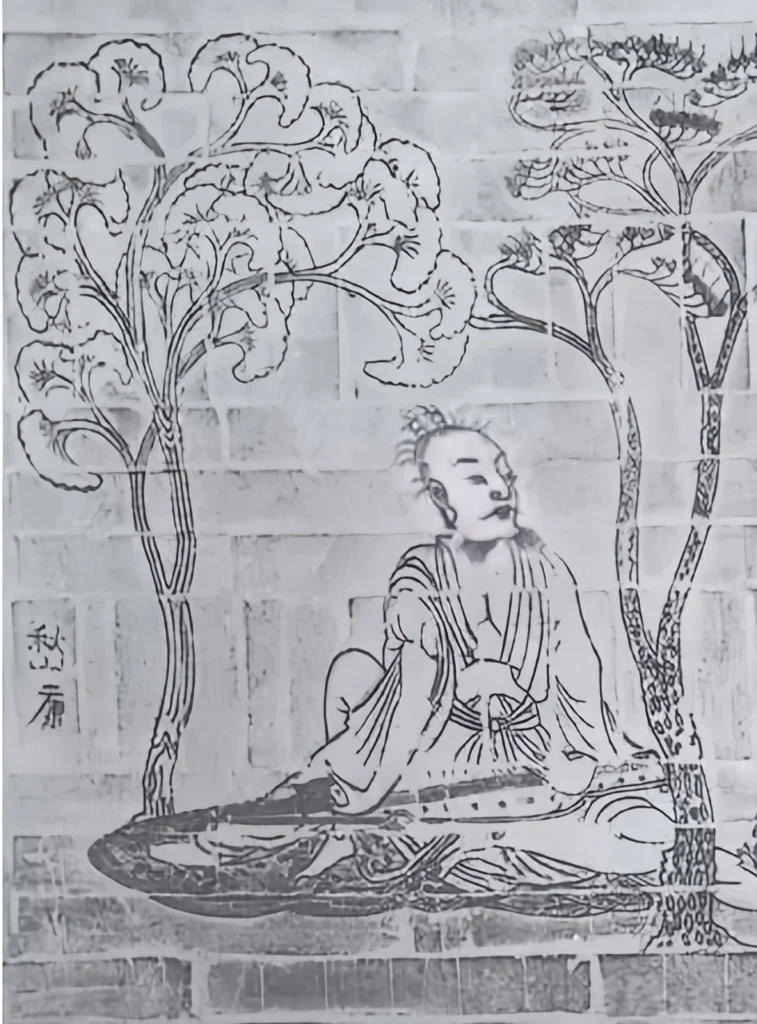
Tang Dynasty: Peak Glow-Up
Tang was China’s golden age – money, power, culture on fire. Clothing hit its absolute peak – this is the Tang fashion peak everyone talks about.
Early Tang copied Sui: slim, narrow sleeves, calm colors.
Mid-Tang? Colors went wild – emerald, rose, royal blue, pomegranate red. Patterns from abroad everywhere: honeysuckle, linked flowers, treasure flowers.
Tang said “yes” to everything foreign. The mix created that famous big-hearted, super-confident Tang look.
Murals, figurines, paintings – you see curvy women in sheer tops, crazy hairstyles, bold makeup. No wonder poet Bai Juyi wrote: “Trendy makeup, trendy makeup, starts in the capital and spreads everywhere. No powder, no rouge, black lip cream like mud, eyebrows painted low like the character eight…”
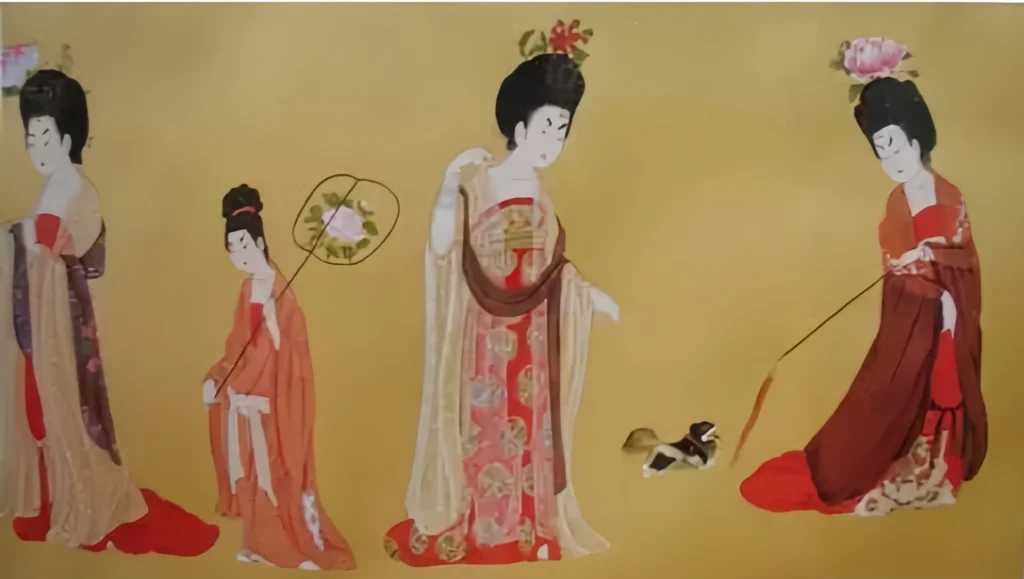
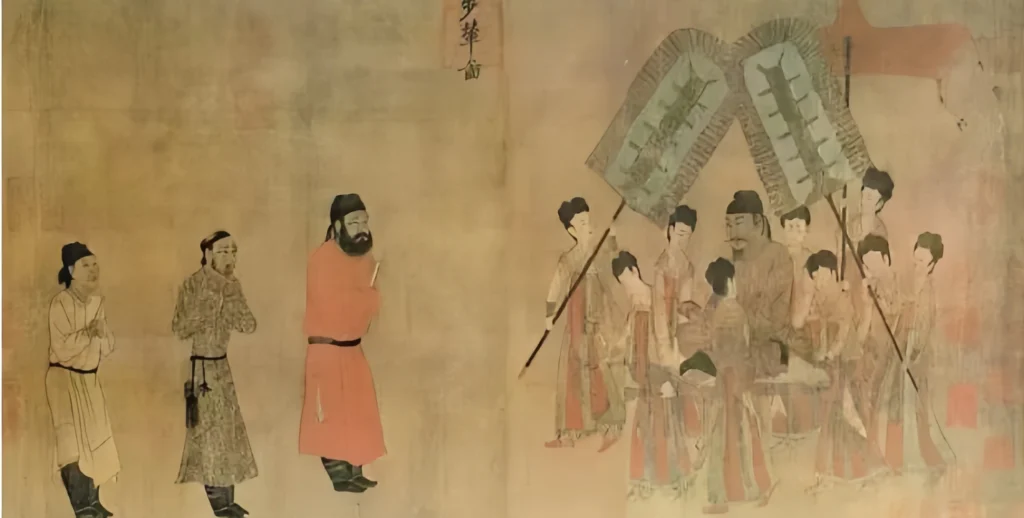


Song & Ming: Back to Roots
Song emperors were like “we love China, hate everyone else.” They banned “barbarian” clothes hard and brought back old Han styles. Neo-Confucianism made everything simple and proper – no more Tang bling. Song fashion = quiet elegance.
Check Along the River During Qingming Festival – over 500 people, all dressed different: buns, official hats, towels, straw hats, long robes, short jackets… total street-style chaos.


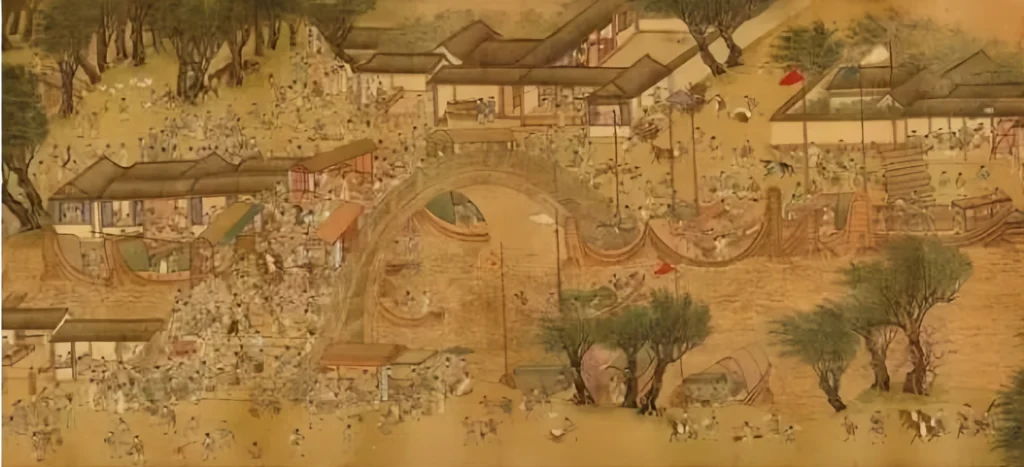
Ming threw out Yuan’s rules completely – total Ming clothing reform. “We’re going back to Zhou, Han, Tang, Song vibes.” Zhu Yuanzhang was done with Mongol looks: “Everyone was braiding hair, wearing weird hats, tight pants – no more Chinese style!”
He banned it all: no more braids, no Mongol names, no foreign talk. His words: “I decided everything myself.”
Big overhaul in year 26 of Hongwu – and that system lasted centuries. Ming shapes even lived on in opera costumes and wedding traditions – the final chapter in this history of Han Chinese clothing.
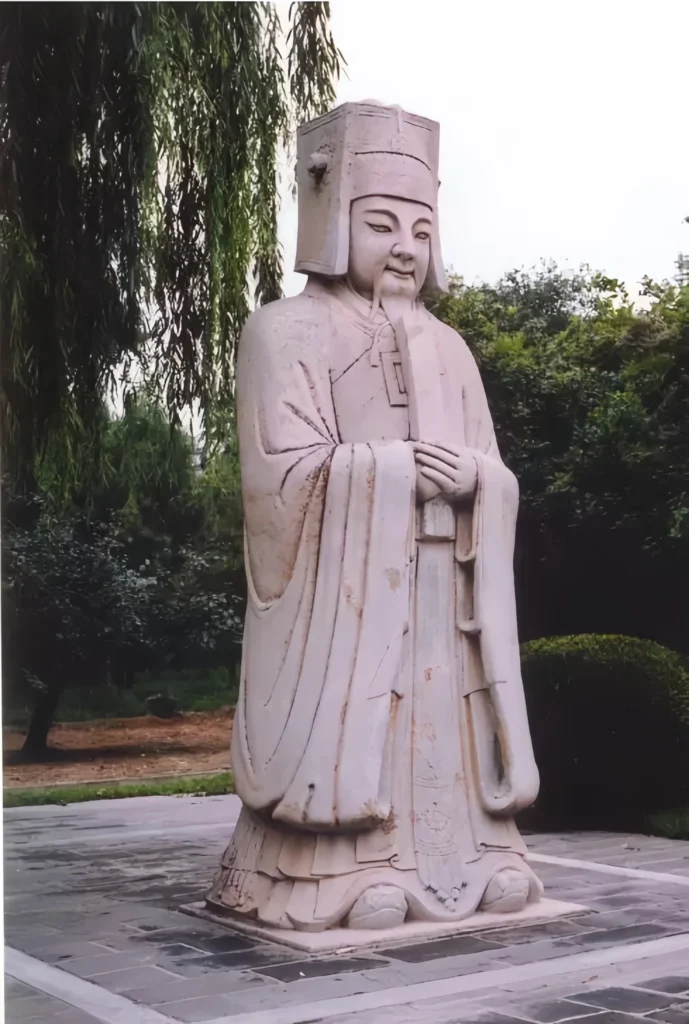
Want to wear it today?
Check our Hanfu styling guide for real tips!
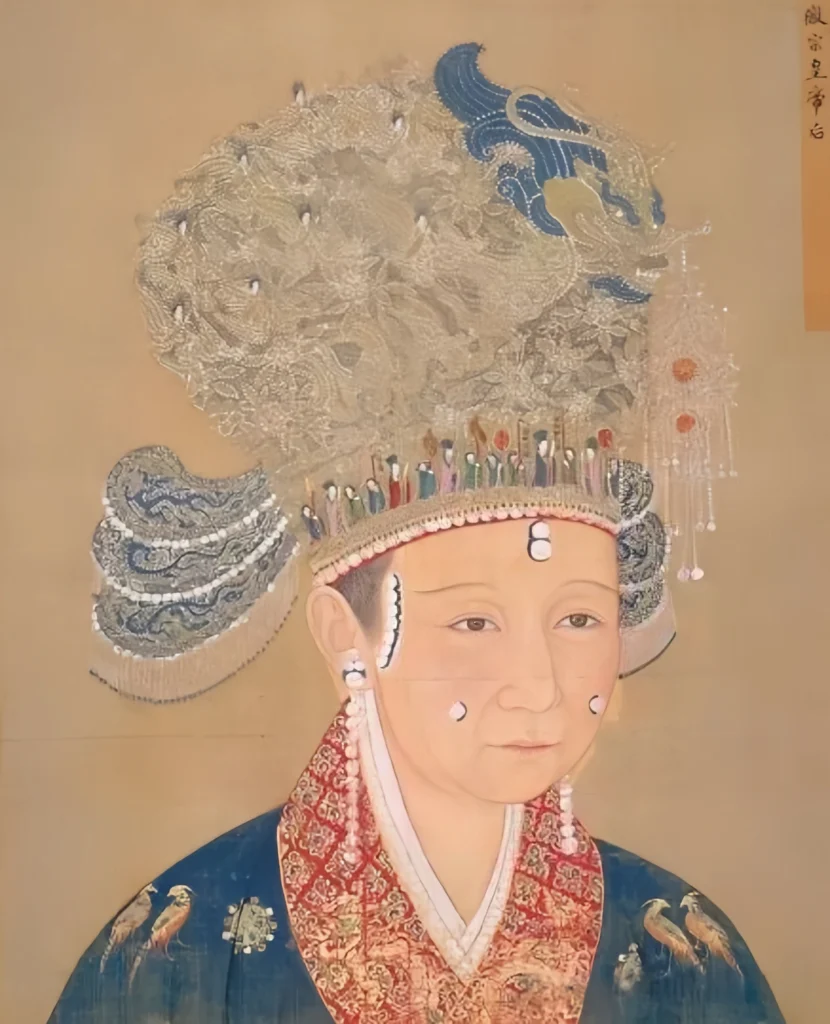

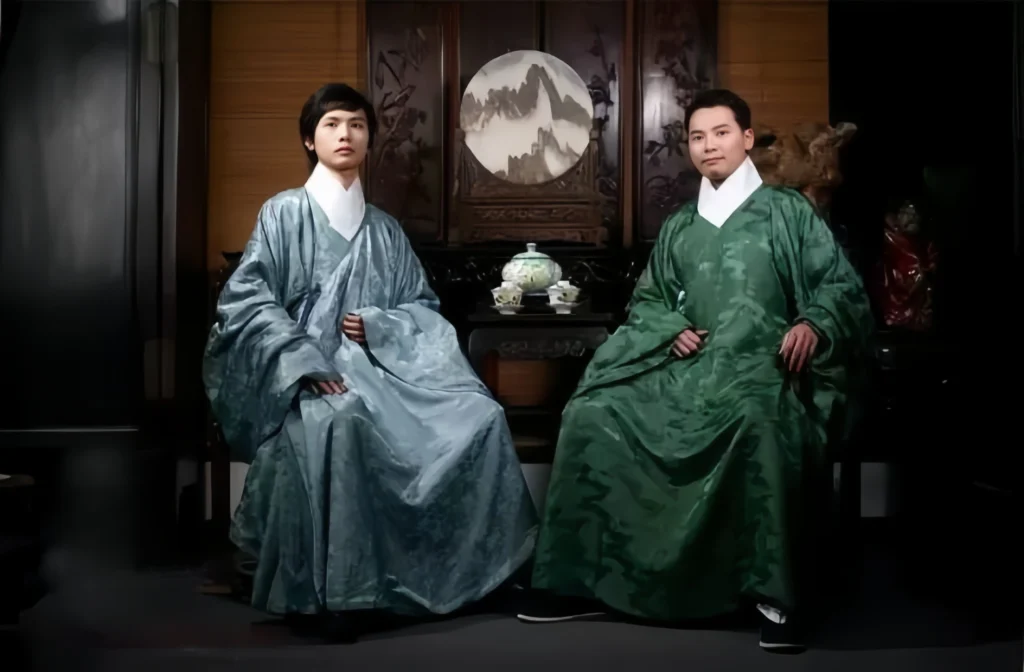
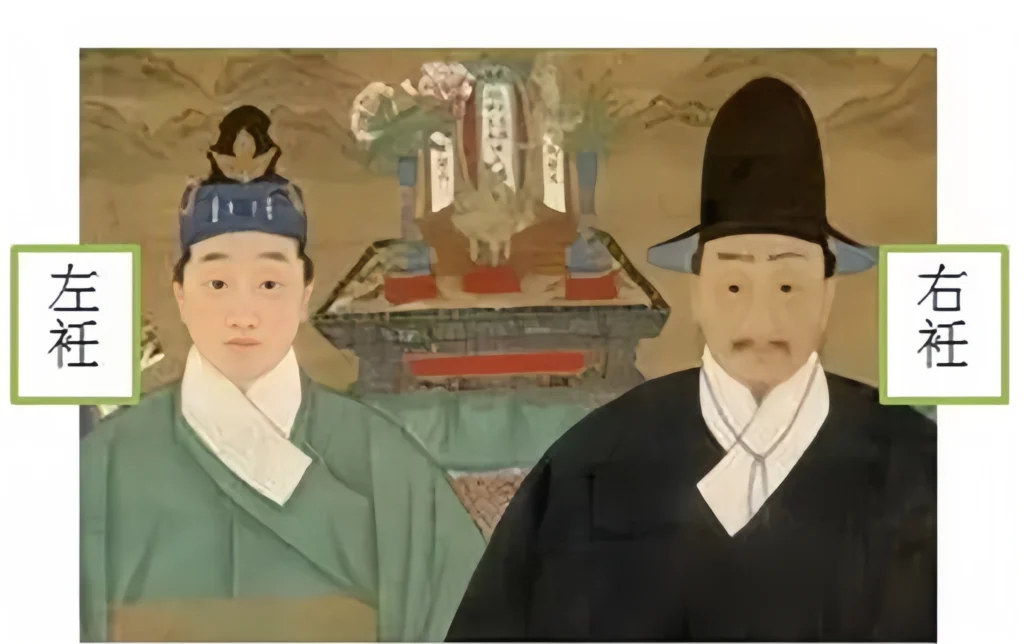

Responses